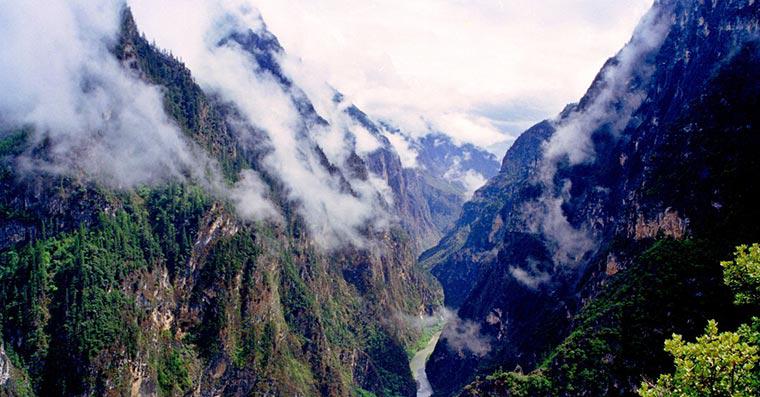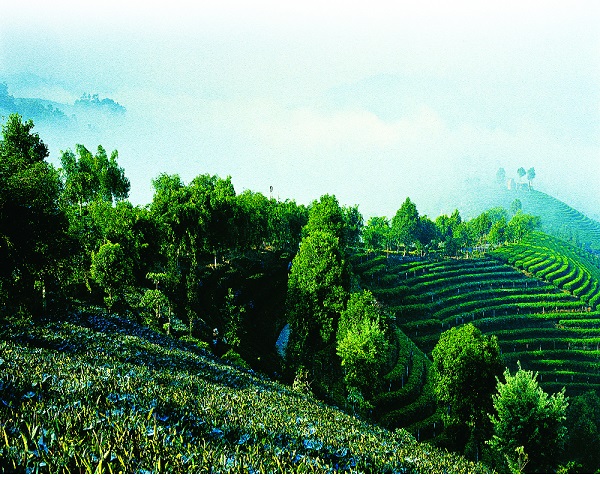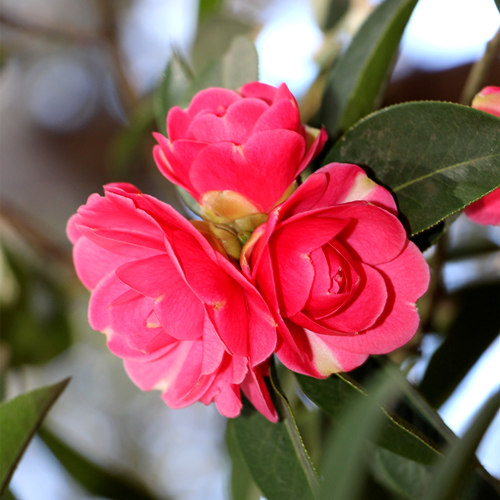
Detailed Introduction to Ninglang County of Lijiang
Ninglang County (宁蒗县) is located in the northern part of Lijiang City, Yunnan Province, China. Known for its stunning natural landscapes, ethnic diversity, and agricultural resources, Ninglang is an area where rural charm and cultural richness converge. The county is home to several ethnic groups, notably the Yi, Naxi, and Hui people, and boasts a range of tourist attractions, including ancient towns, scenic mountains, and rivers, making it an emerging eco-tourism destination.
Geographical Location and Climate
Location: Ninglang County spans an area of approximately 5,128 square kilometers and lies to the north of Lijiang City, bordering Shangri-La to the east and Tibetan areas in the north. It is strategically located along the upper reaches of the Yangtze River and in close proximity to the Jade Dragon Snow Mountain and Tiger Leaping Gorge areas, contributing to its unique geography and climate.
Terrain and Environment:
The county is largely mountainous, with deep valleys, rolling hills, and river systems cutting through the land.
The Jade Dragon Snow Mountain range provides a backdrop to Ninglang, while the Yangtze River and Nu River systems provide vital water resources.
Ninglang's geography is marked by lush forests, gorges, and highland plateaus, with numerous caves, rivers, and natural reserves.
Climate:
Temperate Climate: Ninglang enjoys a mild temperate climate, with cooler temperatures than other parts of Lijiang due to its higher altitude.
Average annual temperature: Around 12°C to 16°C, with warm summers and cold winters.
Rainfall: The area experiences a significant amount of rainfall during the summer monsoon season, making it suitable for agriculture.
Altitude Influence: Due to its altitude (ranging from 1,000 to 4,000 meters), temperatures can vary widely, with snowfalls in higher regions during winter.
Historical Background
Ninglang County has a long history as a cultural exchange hub due to its strategic location between Yunnan, Tibet, and Sichuan.
Tea Horse Road: Ninglang was historically part of the Tea Horse Road, an ancient trade route where tea, horses, and other goods were exchanged between China, Tibet, and Southeast Asia. This legacy has shaped much of the local culture and economy.
Ethnic Diversity: The county is home to multiple ethnic groups, most notably the Yi, Naxi, and Hui, whose rich traditions and customs continue to play an essential role in Ninglang's cultural landscape.
Modern History: In the 20th century, Ninglang's importance grew as it became part of Lijiang and experienced significant development in infrastructure, agriculture, and tourism.
Economic Overview
Ninglang County's economy is primarily based on agriculture, tourism, and small industries. Its rural charm, combined with natural resources, allows for growth in these sectors.
1. Agriculture
Agriculture is the backbone of Ninglang's economy, with a variety of crops grown in its fertile soil:
Tea: Ninglang is part of the Pu'er tea production area, known for producing high-quality green tea and black tea.
Tobacco: Tobacco farming is another key agricultural activity in Ninglang, contributing significantly to the county’s income.
Fruits and Vegetables: Ninglang produces a range of fruits such as apples, pears, peaches, and grapes, as well as vegetables like tomatoes, potatoes, and cabbages.
Medicinal Plants: The county also grows traditional medicinal herbs used in Chinese medicine, contributing to the broader agricultural sector.
2. Tourism
Ninglang's natural beauty and cultural richness make it an emerging eco-tourism and cultural tourism destination. Visitors are drawn to the area for its stunning landscapes, ethnic villages, and historical sites.
Jade Dragon Snow Mountain: As part of the scenic area of Jade Dragon Snow Mountain, Ninglang attracts visitors for activities like mountain climbing, skiing, and glacier tours.
Tiger Leaping Gorge: Located nearby, Tiger Leaping Gorge is one of the deepest gorges in the world, offering excellent trekking and hiking opportunities.
Ethnic Villages: The county’s Yi, Naxi, and Hui villages offer a chance for visitors to experience traditional cultures, festivals, and handicrafts.
Eco-Tourism: Ninglang is home to nature reserves, forests, and wildlife habitats that are ideal for eco-tourism, such as birdwatching and wildlife observation.
3. Small Industries
In addition to agriculture and tourism, Ninglang has small-scale industries, including:
Handicrafts: Ninglang is known for its local handicrafts, including wood carvings, silver jewelry, and embroidery from the Yi and Naxi cultures.
Tea Processing: The growing tea industry has led to the development of small-scale tea-processing industries that produce both domestic and exportable tea



